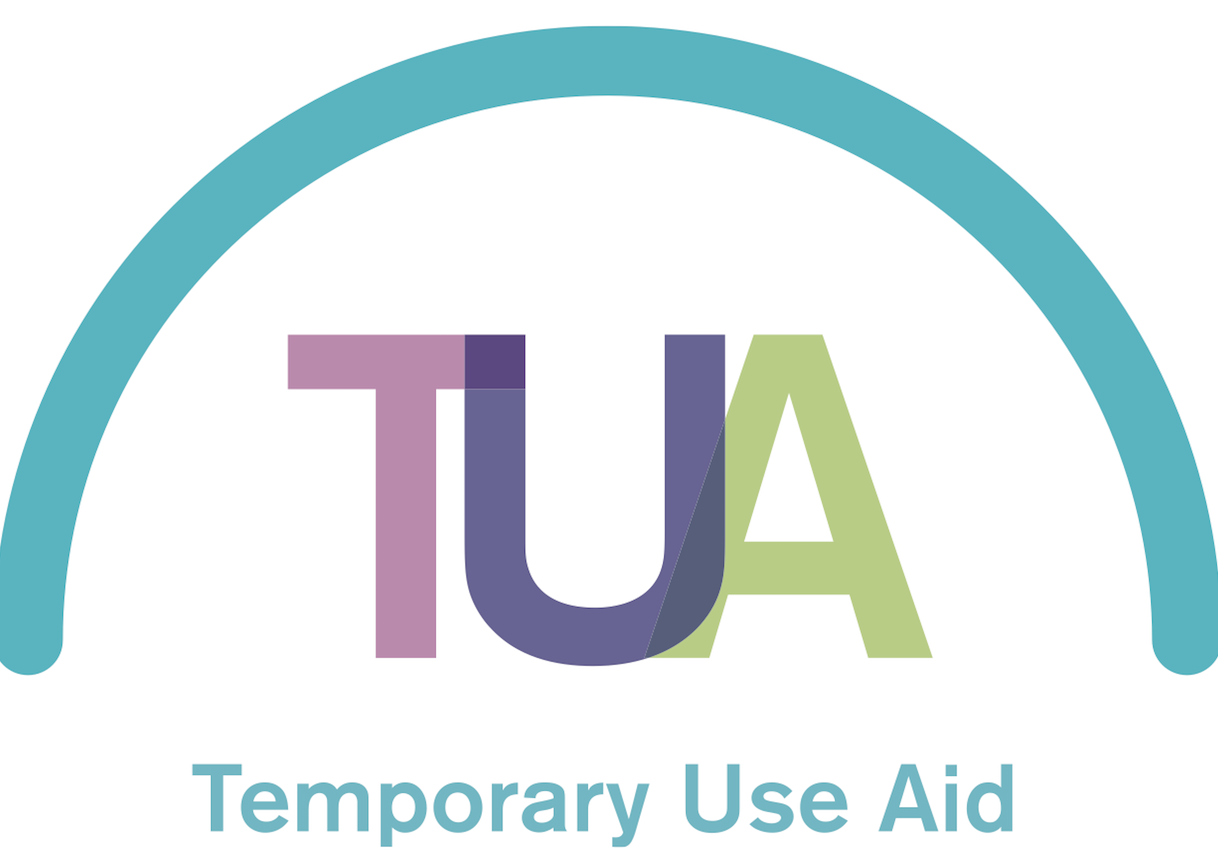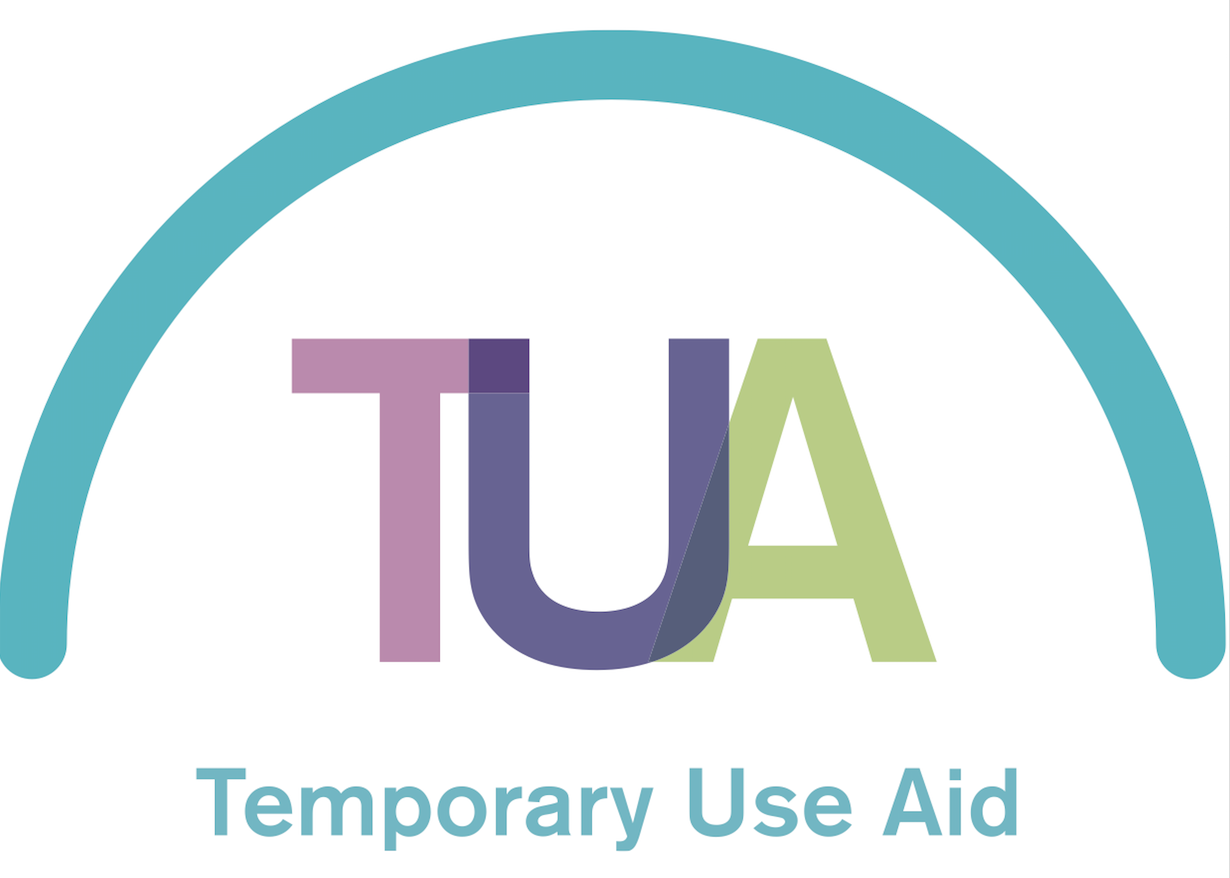Building and Nurturing Donor Relationships
For charities, donor relationships are the lifeblood that sustain their mission and growth. Unlike larger organisations with expansive budgets and resources, charities often rely heavily on a close-knit group of donors to support their work. Building and maintaining these relationships is essential not only for fundraising but also for fostering a sense of community and shared purpose. In this guide, we’ll explore the importance of donor relationships for charities and provide practical tips on how to cultivate and nurture these connections effectively.
Understanding Donor Relationships
What is a Donor Relationship?
A donor relationship is the ongoing connection between a charity and its supporters. This relationship goes beyond mere financial transactions; it encompasses the emotional, psychological, and communicative ties that link donors to the charity’s mission. A strong donor relationship is characterised by mutual trust, respect, and a shared commitment to the cause. For charities, these relationships are crucial as they often lack the broad reach and resources of larger organisations. Success hinges on building deep, meaningful connections with donors who feel personally invested in the charity’s mission.
Why Donor Relationships are Critical for Small Charities
For charities, donor relationships are particularly vital. These organisations often rely on a smaller pool of donors, making each relationship more significant. Without the support of these donors, charities may struggle to achieve their goals or even sustain their operations. Moreover, strong donor relationships can lead to long-term support, as donors who feel connected to the charity are more likely to give repeatedly and increase their contributions over time. Additionally, loyal donors often become ambassadors for the cause, spreading the word and bringing in new supporters.
Identifying Your Donors
Types of Donors
Understanding the different types of donors is key to building strong relationships. Generally, donors can be categorised into three main groups:
- Individuals: These are private donors who contribute based on personal interest or connection to the charity’s mission. They often provide the bulk of charities’ donations and can include anyone from local community members to international supporters.
- Businesses: Corporate donors may offer financial support, in-kind donations, or sponsorships. These relationships can also open doors to employee engagement and corporate volunteer programmes, providing additional resources and support for the charity.
- Foundations: These organisations provide grants or large donations to charities that align with their funding priorities. Building relationships with foundations requires a professional approach and clear alignment with their goals, but can result in significant, sustained support.
Understanding Donor Motivations
To build effective relationships, it’s important to understand what motivates donors. Common motivations include:
- Personal Connection: Donors often give because they have a personal connection to the cause, such as a loved one affected by an issue the charity addresses.
- Desire to Make a Difference: Many donors are motivated by the desire to have a positive impact on the world or their community.
- Tax Incentives: For some, the financial benefits of donating, such as tax deductions, are a key motivator.
- Recognition: Some donors seek recognition or status that comes with giving, whether through public acknowledgment or special treatment.
By understanding these motivations, small charities can tailor their outreach and communication strategies to meet the specific needs and interests of their donors.
Building Strong Donor Relationships
The Role of Trust and Transparency
Trust is the foundation of any strong relationship, and donor relationships are no different. For charities, establishing trust with donors is paramount. This trust is built through transparency—being open about how funds are used, the impact of donations, and the challenges the charity faces. When donors feel that their contributions are making a real difference and that the charity is honest and forthcoming, they are more likely to continue supporting the organisation.
Communication Strategies for Small Charities
Effective communication is key to building and maintaining donor relationships. Charities should focus on regular, clear, and consistent communication. This can include updates on projects, sharing success stories, and being responsive to donor inquiries. The tone of communication should be warm and personal, making donors feel valued and appreciated. Whether it’s through newsletters, emails, or direct mail, the goal is to keep donors informed and engaged with the charity’s work.
Personalising Donor Engagement
Tailoring Your Approach Based on Donor Type
Not all donors are the same, and a one-size-fits-all approach won’t be effective. It’s important to tailor your engagement strategies based on the type of donor. For instance, individual donors may appreciate personal touches like handwritten notes or phone calls, while corporate donors might respond better to formal reports and recognition in annual reports or at events. By understanding what each donor values, you can create a more personalised and meaningful relationship.
The Importance of Personalised Communication
Personalised communication can significantly enhance donor relationships. This means addressing donors by name, referencing their past contributions, and acknowledging their specific interests in the charity’s work. Personalised communication shows that the charity values the donor as an individual, not just a source of funds. Charities can leverage their closer, more intimate donor base to create a sense of belonging and personal connection, which can lead to increased loyalty and support.
Effective Donor Communication Channels
Email Newsletters
Email newsletters are a great way for charities to keep donors informed and engaged. By sharing project updates, event info, and impact stories, charities can keep content relevant and donors connected, maintaining strong, ongoing relationships.
Social Media
Social media platforms like Facebook, Instagram, and Twitter offer dynamic ways to engage with donors. Charities can share updates, success stories, and thank-you messages, fostering real-time interaction that strengthens donor relationships.
Events and Face-to-Face Interactions
In-person interactions remain invaluable. Charities can use events like fundraising dinners and community gatherings to meet donors, strengthen personal connections, and provide direct experiences of the charity’s mission and impact.
Thanking and Recognising Donors
Importance of Gratitude in Donor Retention
Expressing gratitude is a crucial aspect of donor retention. Donors who feel appreciated are more likely to continue their support. For charities, showing gratitude doesn’t have to be expensive or elaborate. Simple gestures like a heartfelt thank-you note, a phone call from a staff member, or public recognition in a newsletter can go a long way in making donors feel valued.
Creative Ways to Thank Donors
Charities can get creative in how they thank their donors. Consider hosting an annual appreciation event where donors can meet the team and see firsthand the impact of their contributions. Personalising thank-you messages based on the donor’s specific contributions or interests can also make a big difference. Additionally, featuring donors in newsletters or on social media, with their permission, can provide public recognition that acknowledges their generosity.
Donor Retention Strategies
Building Long-Term Relationships
Donor retention is about building long-term relationships that go beyond one-time contributions. This requires consistent engagement, ongoing communication, and regular updates on how the donor’s funds are being used. By maintaining a strong relationship, charities can ensure that donors continue to give over the years, potentially increasing their contributions as the relationship deepens.
Regular Updates and Reporting on Impact
One of the best ways to retain donors is by providing regular updates on the impact of their donations. This can be done through detailed reports, impact stories, or even brief updates in newsletters. When donors see the tangible difference, their contributions are making, they are more likely to feel satisfied and continue supporting the charity. Regular reporting also reinforces transparency, which, as mentioned earlier, is critical for maintaining trust.
Creating a Donor Stewardship Programme
Elements of a Successful Stewardship Programme
A donor stewardship programme is a structured approach to managing donor relationships. It includes strategies for thanking donors, engaging them over time, and keeping them informed about the charity’s progress. The key elements of a successful stewardship programme include personalised communication, regular updates on the charity’s activities, and opportunities for donors to get more involved.
Steps to Implement a Stewardship Programme in Small Charities
To implement a stewardship programme, small charities should start by identifying their most loyal donors and developing a plan for regular engagement. This could include scheduled communications, invitations to special events, and personalised thank-you messages. It’s also important to track these interactions to ensure that no donor is overlooked. Even small gestures, like a birthday card or a personal thank-you call, can make a big difference in how donors perceive their relationship with the charity.
Engaging Donors in Your Mission
Ways to Involve Donors Beyond Financial Contributions
Donors often appreciate being involved in the charity’s mission beyond just writing cheques. Charities can offer opportunities for donors to volunteer, participate in events, or even provide input on new initiatives. By involving donors in the charity’s work, they become more deeply connected to the mission and more likely to continue their support.
Creating Opportunities for Deeper Engagement
To foster deeper engagement, charities can create advisory boards or committees where donors can contribute their expertise or insights. Another approach is to offer behind-the-scenes tours or meetings with beneficiaries, allowing donors to see the impact of their support firsthand. By offering these experiences, charities can deepen the donor’s connection to the mission and build a stronger, more lasting relationship.
Leveraging Storytelling to Connect with Donors
The Power of Storytelling in Fundraising
Storytelling is a powerful tool in fundraising. By sharing stories of the people and communities the charity serves, charities can create an emotional connection with donors. These stories can illustrate the tangible impact of donations and inspire donors to continue or even increase their support. Whether through written stories, videos, or personal testimonials, storytelling brings the charity’s mission to life.
How to Share Impactful Stories with Donors
To share impactful stories, small charities should focus on the human element—highlighting individual beneficiaries, volunteers, or community members. Visual elements, like photos or videos, can enhance the storytelling and make the message more compelling. It’s also important to tie the story back to the donor’s contribution, showing how their support made the story possible. Regularly sharing these stories in newsletters, on social media, or at events can keep donors engaged and connected to the mission.
Handling Donor Concerns and Feedback
Addressing Donor Concerns Effectively
When donors’ express concerns, how a charity responds can significantly impact the relationship. Charities should take donor concerns seriously, respond promptly, and address the issue directly. Whether it’s a question about how funds are used or a suggestion for improvement, showing that the charity values and respects donor input can strengthen the relationship and build trust.
Turning Feedback into Positive Changes
Feedback from donors can be a valuable resource for charities. By listening to donor suggestions and making adjustments based on their feedback, charities can improve their operations and better meet the needs of their supporters. Communicating these changes to donors also shows that their voices are heard and appreciated, which can lead to increased loyalty and support.
Conclusion
In the world of charities, donor relationships are everything. These relationships are the key to not only sustaining the organisation but also growing and expanding its impact. By understanding the different types of donors, personalising engagement, and maintaining open, honest communication, charities can build strong, lasting relationships that drive their mission forward. With the right strategies in place, these relationships can flourish, providing the essential support needed to make a real difference in the world.


No responses yet